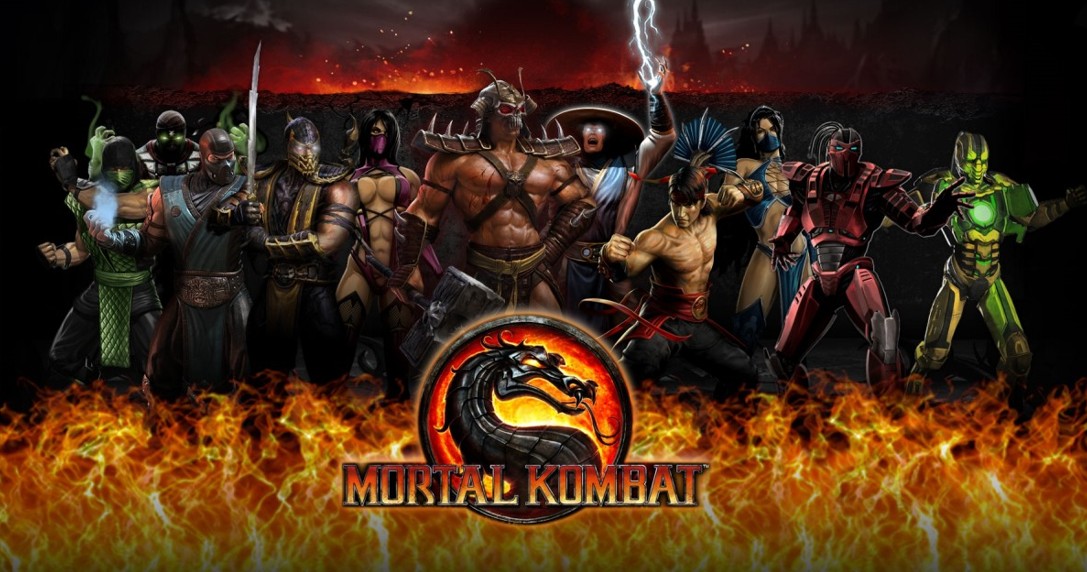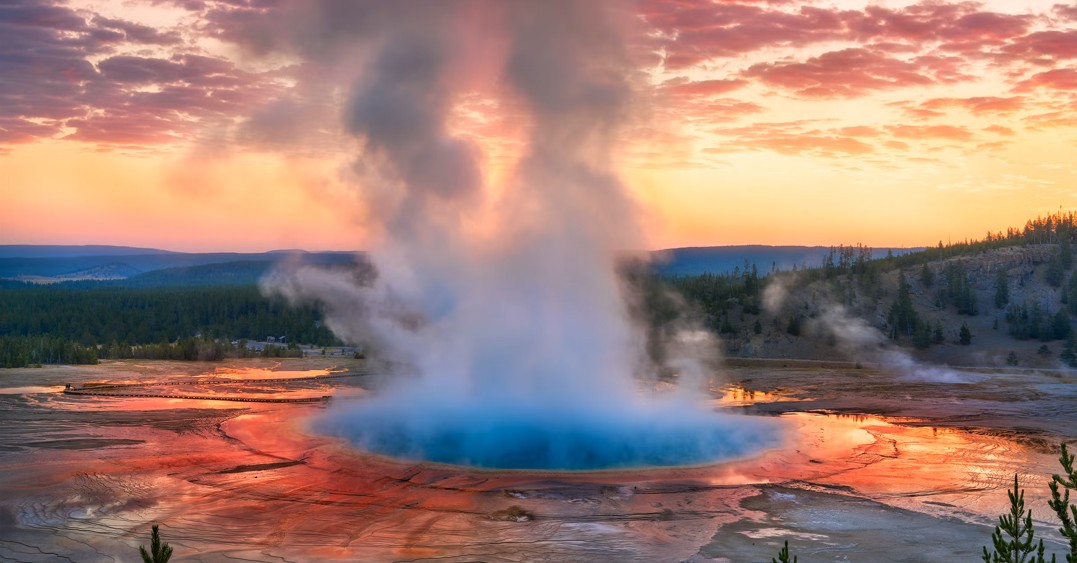
In the sprawling epic of Hollywood, few stories are as dramatic, triumphant, and tumultuous as that of Mel Columcille Gerard Gibson. He is a man of profound contradictions: a global heartthrob who became a gritty director, a devout traditionalist whose personal struggles played out on the world’s front pages, and a Hollywood pariah who staged one of the most remarkable comebacks in modern cinema.
His biography is not a simple narrative; it’s a Shakespearean drama of rise, fall, and redemption. Let’s delve into the life of one of the industry’s most fascinating figures.
From New York to the Outback: An Unlikely Beginning
Born on January 3, 1956, in Peekskill, New York, Mel was the sixth of eleven children. To escape the turmoil of the Vietnam War era, his father moved the family to Australia when Mel was 12 years old. This pivotal move would shape his entire destiny.
He studied acting at Australia’s National Institute of Dramatic Art (NIDA), where he befellowed a young classmate named Judy Davis. It was here that he honed his craft, a far cry from the glitz of Hollywood.
The Making of “Mad Max” and a Global Superstar
Gibson’s big break came not with a whisper, but with a roar—the roar of a V8 Interceptor. His iconic role as the laconic road warrior Max Rockatansky in George Miller’s Mad Max (1979) and its blockbuster sequel The Road Warrior (1981) launched him to international stardom. With his smoldering good looks and intense, physical presence, he became an instant symbol of rugged, anti-hero cool.
Hollywood took notice. He seamlessly transitioned into a leading man, headlining the successful Lethal Weapon franchise as the volatile Martin Riggs. This role cemented his status as a bankable A-list actor, pairing his action chops with a surprising talent for comedic timing alongside Danny Glover.
But Gibson was more than just an action hero. He proved his dramatic range in films like Gallipoli (1981), The Year of Living Dangerously (1982), and Hamlet (1990), showing a depth that many of his contemporaries lacked.
The Director’s Chair: A Passion for Epic Storytelling
While his acting career flourished, a deeper creative drive was emerging. In 1993, he stepped behind the camera to direct The Man Without a Face, a sensitive drama that proved he had serious directorial chops.
However, no one was prepared for what came next.
In 1995, Gibson bet his own fortune and reputation on a passion project everyone told him would fail: Braveheart. He directed, produced, and starred in the epic Scottish war drama. Against all odds, the film was a colossal critical and commercial success. It won five Academy Awards, including Best Picture and Best Director for Gibson, catapulting him into the highest echelons of Hollywood power.
He repeated this feat years later with The Passion of the Christ (2004). Filmed in Aramaic and Latin, it was another project the studios rejected. Gibson financed it himself, and the film became a staggering global phenomenon, grossing over $600 million and sparking intense cultural and theological debate. It solidified his reputation as a fearless, maverick filmmaker willing to follow his own vision, no matter the cost.
The Fall: Scandal and Exile
Gibson’s world, built so high, began to crack. A 2006 arrest for drunk driving made headlines not for the crime itself, but for his anti-Semitic tirade against the arresting officer. The incident caused widespread outrage and alienation within the industry.
The fallout was compounded years later by the release of racist and misogynistic rants during a heated argument with his former partner, Oksana Grigorieva. The recordings were leaked online, and the public outrage was swift and severe.
Hollywood, quick to protect its image, effectively blacklisted him. The man who had once commanded $25 million per film and won Oscars was now toxic.
The Phoenix: A Road to Redemption
For nearly a decade, Gibson worked in the shadows, taking small acting roles and focusing on independent projects. But talent, it seems, has a long memory.
His directorial comeback, Hacksaw Ridge (2016), was the key that unlocked the door. The visceral, powerful World War II drama was a smash hit, earning six Academy Award nominations, including Best Picture and Best Director. It was a unanimous critical triumph that forced the industry to once again separate the artist from his personal failings.
Since then, Gibson has steadily returned to mainstream relevance, starring in films like Daddy’s Home 2 and The Expendables 3, showing a renewed willingness to poke fun at his own tough-guy image.
A Legacy Forged in Fire
Mel Gibson’s biography is a testament to immense talent, profound conviction, and human frailty. He is a consummate storyteller whose own life has been his most complex narrative. He is a figure who inspires admiration for his artistic fearlessness and criticism for his personal conduct.
Love him or loathe him, his impact on film is undeniable. From the deserts of the Outback to the battlefields of Scotland and Calvary, he has created some of cinema’s most enduring and powerful images. His story is a stark reminder that genius and flaw are often intertwined, and in Hollywood, no story is ever truly over.







